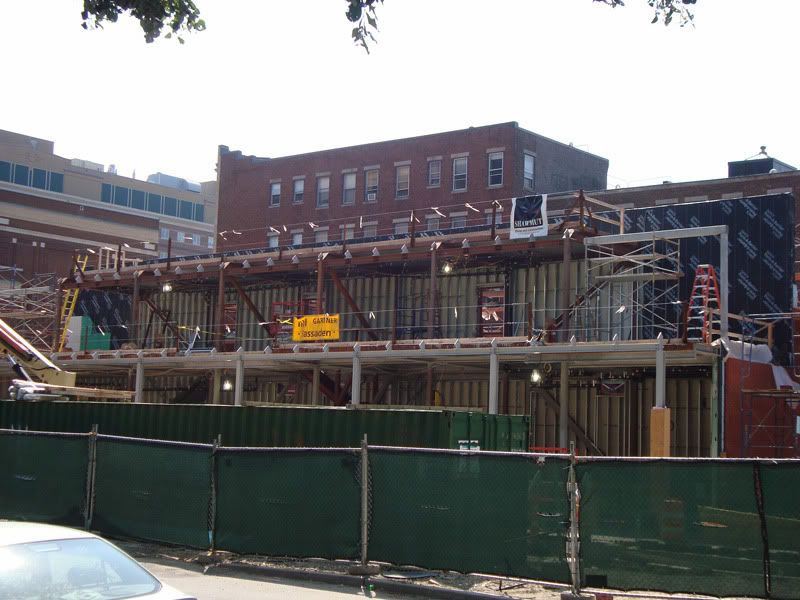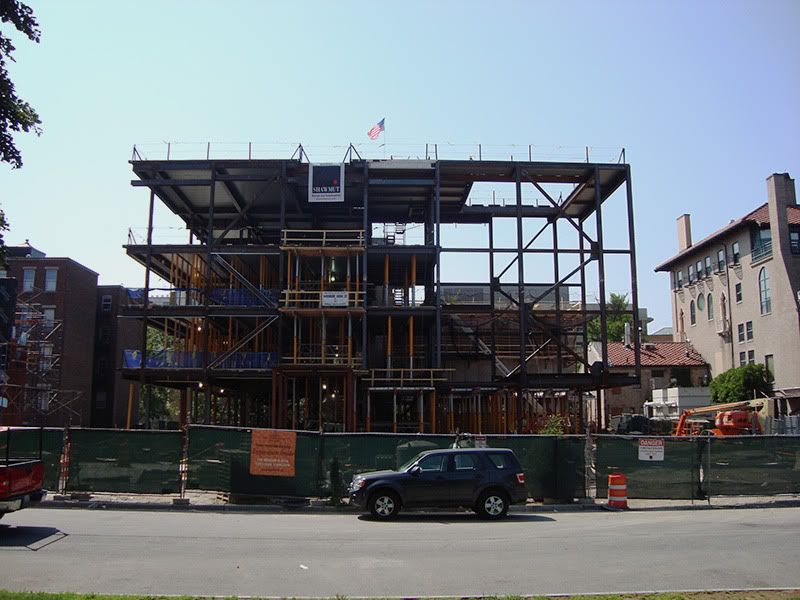DNA clues hunted in ?90 art theft
FBI hopes technology can yield lead in Gardner Museum case
By Stephen Kurkjian, Globe Correspondent | March 4, 2010
On the eve of the 20th anniversary of the theft of masterpieces from the Isabella Stewart Gardner Museum, the FBI is resubmitting evidence taken from the crime scene for DNA analysis in hope of gaining a long-sought break in the case.
Because of advances in DNA analysis since the 1990 robbery, the lead agent in the case, Geoffrey Kelly, decided to send evidence to the FBI?s scientific laboratory in Quantico, Va., a spokeswoman in the FBI?s Boston office said.
The heist, which included three Rembrandts and a Vermeer, remains the world?s largest art theft in dollar value.
Kelly said he could not disclose the type of evidence to be reviewed, but others familiar with the case said it would probably include long strips of duct tape used to tie up the museum?s two night watchmen, whom the thieves overpowered to get access to the artwork.
?If they left any sweat on that duct tape, a sample could be drawn, and with that sample there?s the possibility of a result,?? said Dr. Bruce Budowle, former senior scientist of the FBI?s Quantico lab.
The FBI conducted DNA tests on items taken from the crime scene at the time of the theft, but none of the tests produced a usable sample.
Huge strides in DNA analysis in the two decades since the crime could mean a different outcome this time.
?What could be done in 1990 and what could be done in 2010 are ages apart,?? said Budowle, who now heads the Institute of Investigative Genetics at the University of North Texas Health Science Center at Fort Worth.
If analysts can extract a sample, they might determine physical attributes, including bone structure of an individual?s face, and a DNA profile that investigators could use to search a DNA database of 7 million individuals convicted of felonies in the United States in the past 20 years, Budowle said.
Gaining a worthwhile clue would provide a boon to investigators who have coped with dashed hopes and phony leads in pursuing the theft of 13 pieces of art..
Kelly acknowledged that, despite having pursued countless tips over the last two decades, investigators have received no verifiable leads on the artwork?s whereabouts or even how the theft took place.
?In the last 20 years and the last eight that I?ve had the case, there hasn?t been a concrete sighting, or real proof of life,?? Kelly said. ?At the same time, I can?t get discouraged about it. It would be very difficult to put my heart in this investigation if I allowed myself to get discouraged.??
Kelly said that after years of investigative work, he believes that the heist was done by local criminals and not international art thieves. He said he based his opinion primarily on the thieves? rough handling of some of the artwork, including smashing or cutting some of the paintings from their frames.
He speculates that the thieves were not sophisticated enough to find a buyer capable of fencing such high-profile masterpieces and that the stolen pieces remain hidden or buried.
?I am open to any theory, but after doing this for eight years, my feeling is that it was some local guys, a quick score in and out, and they wake up the next morning and they realize that they?ve just committed the art heist of the century,?? Kelly said in a recent interview.
As for why none of the 13 stolen pieces, with a total estimated value of $250 million to $300 million, have ever surfaced, Kelly said: ?They can?t sell it. It?s too hot. Taking the theory . . . to its potential conclusion, now you?ve got these things so what do you do with them? Well, you hold on to them until the heat dies down, and here it is 20 years later, and it?s just as hot.??
Although the FBI maintains the theft at the top of its list of unsolved crimes, its agents and supervisors have remained mum about leads they were pursuing or its theories about who was responsible. At a conference in 2000, held on the 10th anniversary of the heist, the two FBI agents then in charge of the case, when pressed on who they felt was responsible, would say only that they had pursued leads on an international scale, including in Japan and Italy.
Kelly, too, declined to be specific about local criminal figures or gangs he may have looked at as possible suspects. In the past, federal investigators said that while they have no hard evidence to link mob kingpin James (Whitey) Bulger to the crime, they could not rule out that he had knowledge of who pulled it off or where the artwork was stashed. Bulger fled Boston as federal indictments against him were being handed down in 1995, five years after the theft.
Despite the case?s frustrations, Kelly said he remains hopeful that someone who knows where the artwork has been hidden will reach out to law enforcement.
The incentives are considerable. The Gardner Museum has offered a $5 million reward for the return of the paintings in good condition, and the US attorney?s office has stated that it will not bring charges of possession of stolen property against anyone who returns the artwork. The statute of limitations for participation in the actual theft expired five years after the crime.
The case has been steeped in mystery from the start. In the early morning hours of March 18, 1990, two men dressed as Boston police officers demanded entry at the side door of the museum, saying they had been called to investigate a disturbance. The night watchman, one of two college students on duty that night, made the grievous error of buzzing them into the museum and compounded it by falling for a ruse that had him stepping away from his security desk and abandoning the museum?s only alarm to the outside world.
After tying the watchmen with duct tape and hiding them in separate spots in the basement, the thieves made their way through the darkened galleries. They spent 81 minutes inside the museum, spending most of their time in the second floor Dutch Room where they snatched the largest number and most valuable of the paintings, including Rembrandt?s ?The Storm on the Sea of Galilee,?? his only seascape, and Vermeer?s ?The Concert,?? valued at $100 million.
However, investigators are still baffled by some of the thieves? other selections. For example, they grabbed five modestly valued Degas drawings but overlooked Titian?s ?The Rape of Europa,?? perhaps the museum?s most valuable piece.
They also wasted valuable minutes trying to remove a Napoleonic banner from its wooden frame without breaking its glass front, only to end up snatching the golden, eagle-shaped finial from the banner?s flagpole.
Boston police Detective Carl Washington was one of the first police officers to arrive at the museum after the robbery, and he spent hours scouring the crime scene looking for clues among the discarded frames and shards of glass. Washington, who retired from the force in 2005, expressed guarded optimism yesterday on learning that the FBI intended to reexamine some of the forensic evidence in search of a DNA match.
?From what I saw, there was a lot of stuff left behind that could be examined,?? Washington said. ?Maybe one match could give them the break they need. It?s long overdue.??
It is not clear when the new DNA analysis will be completed, said Special Agent Gail A. Marcinkiewicz. ?It all depends on the priority that is given to the request.??
Stephen Kurkjian can be reached via
Kurkjian@globe.com






